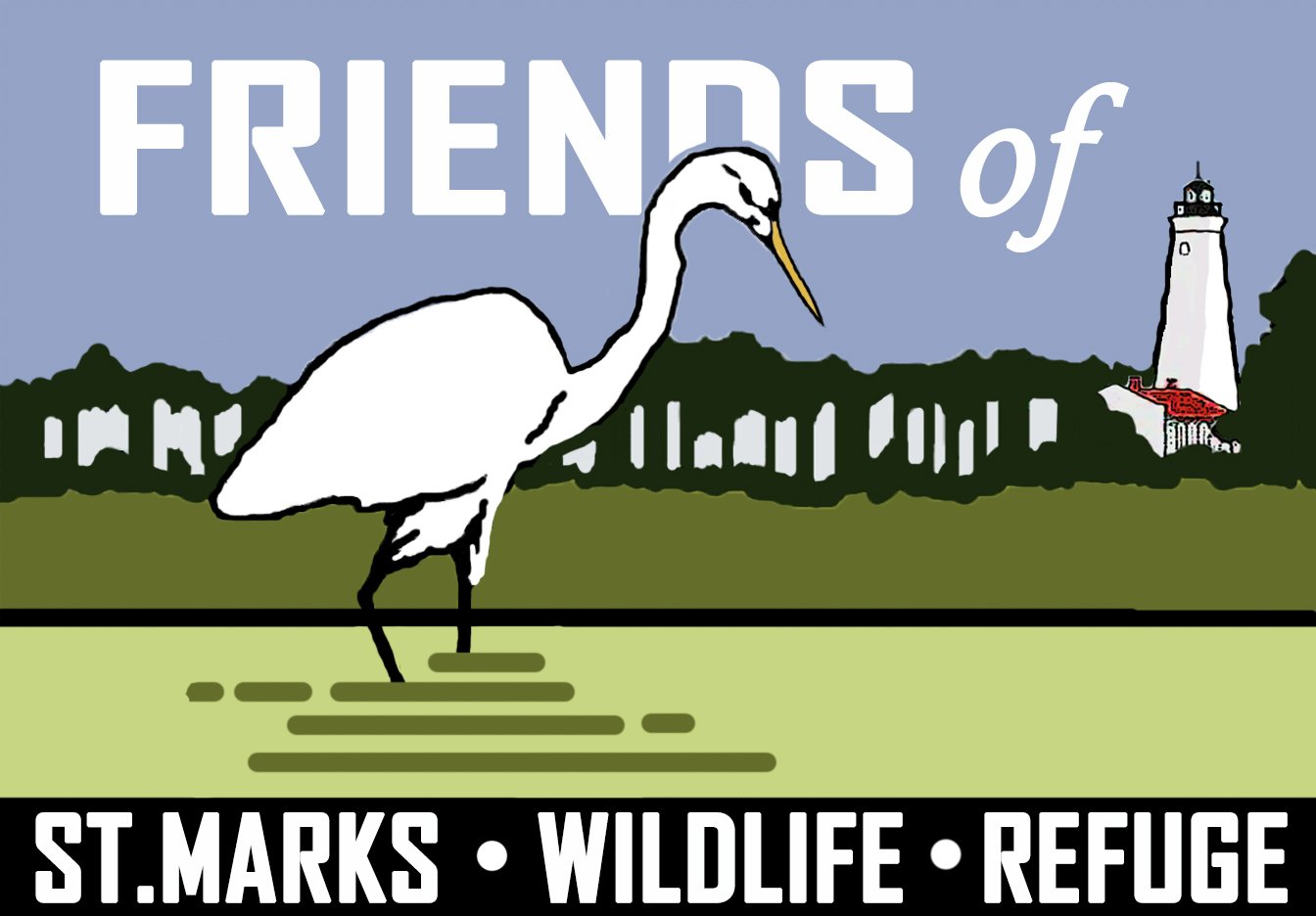Hiking and Biking
Δ Hiking and Biking
The St. Marks National Wildlife Refuge covers about 80,000 acres and is spread out across about 45 miles of coastline. Within this area, there are about 160 miles of dirt roads and most are closed to motor vehicles.
The Refuge is divided into three units. The St. Marks unit is the most familiar and has the Visitor Center and the Lighthouse. Wakulla and Panacea are the other two units. The USFWS has good maps.
All roads and trails are open to foot traffic unless a sign specifically prohibits passage, which is sometimes done to protect over-wintering birds. Bicycles are allowed on all Refuge trails and roads that are open. If you can hike on it, you can ride your bicycle on it. Horseback riding is permitted on dirt (or paved) roads only.
Trails and dirt roads provide a great opportunity for exercise (walking, hiking, running, bicycling). They also provide access to more remote areas, which can be attractive for wildlife observation (bird watching is big here), photography, and those seeking solitude. Be alert to wildlife in vegetation along the edges of trails, and to possible prescribed burns in the area.
Carry water, bug spray and other appropriate items when hiking. Wear closed-toe shoes. Cell phone coverage is spotty or non-existant in many areas.
41 miles of the Florida National Scenic Trail pass through the Refuge, and about half of that is through wooded areas.
The St. Marks Wilderness Area makes up 17,000 acres of the Refuge, and special rules for usage apply to trails that pass through it.
Trail Maps
Visit Refuge > Maps & Charts on this site for maps of many of the trails off Lighthouse Road, including:
A map of Lighthouse Road showing recognizable landmarks
Maps of selected off-road trails with directions and mileage for:
popular loops off Lighthouse Road and around fresh water impoundments
longer trails including the route of the Florida Trail through the St. Marks unit




